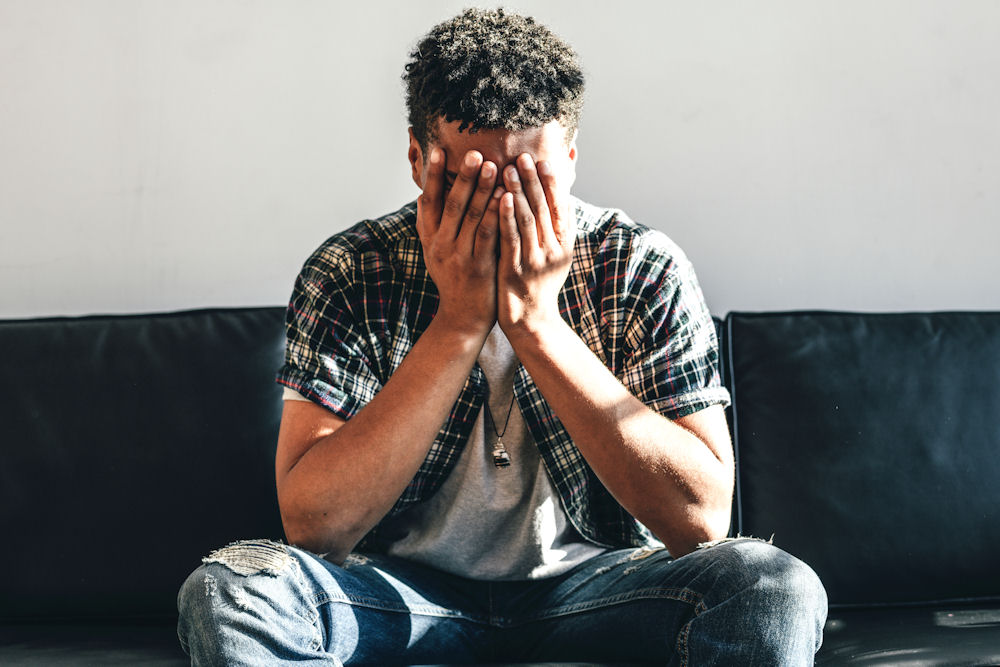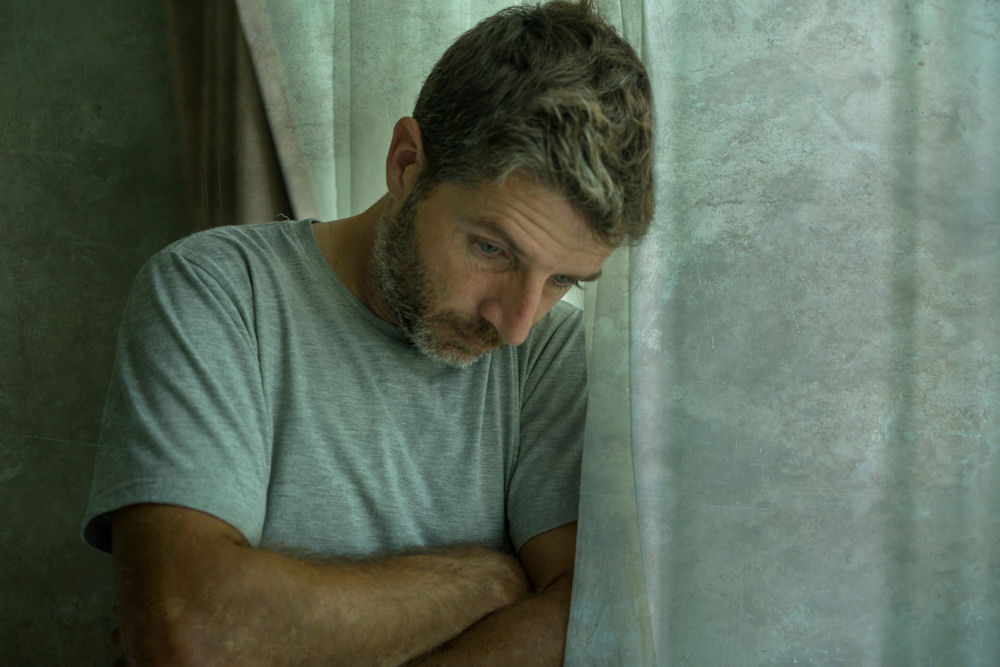Manic episodes can feel like being caught up in a hurricane. One moment, you’re bursting with energy, ideas, and confidence; the next, everything spirals out of control. Sleep becomes a memory, conversations hit lightspeed, and risky decisions suddenly seem like the best ones. But how long does this intense ride last? The answer isn’t always straightforward, as episodes can stretch from a few days to several months, depending on different factors like treatment, triggers, and individual brain chemistry.
Understanding the timeline of mania can help with recognizing patterns, seeking support, and finding ways to regain balance. Some episodes come and go quickly, while others linger, making daily life unpredictable. The key is spotting the signs early and knowing what to expect, so managing the highs doesn’t become as overwhelming as experiencing them.
At Laguna Shores Recovery in Dana Point, California, we specialize in treating mental illnesses such as bipolar disorder and the symptoms that come with it. Our clients are equipped with coping mechanisms and life skills to help manage their conditions effectively.
What Exactly Defines A Manic Episode?
A manic episode is a distinct period where your energy and emotions go haywire and the world feels like it’s moving at warp speed. Everything is important, everything is exciting, and everything is necessary. You no longer feel the need to sleep, and you feel invincible as if nothing can touch you. This makes you take risks that would normally seem a very bad idea.
For it to be considered a full-blown manic episode, these changes stick around for days or even weeks, disrupting daily life in a way that can be hard to control. It’s a defining feature of conditions like bipolar disorder, and while it might feel like a burst of limitless potential, it’s a signal that the mind needs balance and care.

What Are The Different Types Of Mania?
Mania comes in different flavors, each with its vibe and intensity. Here’s a breakdown of the main types:
- Hypomania: A lighter, less intense version of mania where your energy is high, mood is elevated, and creativity might flow, but it doesn’t completely derail daily life. You might feel more productive or social, but it’s not as extreme as full-blown mania.
- Classic Mania: This is the full package of symptoms, including intense energy, racing thoughts, and a sense of invincibility. Sleep feels optional, speech speeds up, and impulsive decisions take center stage.
- Dysphoric Mania (Mixed Episode): A chaotic blend of mania and depression where you feel agitated, restless, and wired, but also weighed down by sadness, irritability, or hopelessness. It’s a conflicting, exhausting state where your emotions feel like they’re at war.
- Psychotic Mania: The most severe form is where mania spirals into delusions or hallucinations. Reality gets blurry, and you might believe you have superpowers, special missions, or paranoid thoughts. It’s intense and often requires immediate care.
What Are The Signs And Symptoms Of Mania?
Mania has its language, and its signs can be loud, bold, and hard to miss. Here’s a rundown of what to look for:
Suddenly, sleep feels optional. You’re buzzing with energy like you’ve had ten cups of coffee, even if you’ve barely rested.
Your mind becomes a repository of ideas, zooming so fast it’s hard to keep up. One thought barely finishes before the next one takes over.
Words spill out rapid-fire, jumping from topic to topic. Conversations feel like a sprint, and it’s hard for others to keep up.
You feel like a superhero like you can conquer anything. Risks seem smaller, and consequences feel like they don’t apply to you.
Decisions happen in a flash, leading to spending sprees, reckless driving, or diving into big plans without a second thought.
Not all mania feels euphoric. Sometimes, it’s a short fuse, with frustration or anger bubbling up over little things.
Focusing feels impossible because attention bounces around like a pinball, pulled in a dozen directions at once.
You might believe you’re destined for something huge, such as a groundbreaking idea, a special mission, or even superhuman abilities.
You might go days with little to no sleep, yet still feel wired and energized.
From reckless driving to impulsive relationships, the usual boundaries blur, and caution takes a backseat.

How Do Manic Episodes Differ From Hypomania?
Manic episodes and hypomania are similar in flavor but different in intensity and impact. Think of mania as a blazing bonfire, intense and hard to control, while hypomania is more like a campfire, still warm and bright but less likely to spiral out of hand.
- Mania: This symptom of a manic episode is all-consuming. It’s a high-energy state that can completely disrupt daily life. Sleep becomes optional, thoughts race uncontrollably, and impulsive decisions can lead to serious consequences.
- Hypomania: This symptom of a manic episode is milder. Energy increases, creativity flows, and mood lifts, but it doesn’t completely derail life. You might feel more productive, social, or confident, but you can usually still function at work, school, or in relationships.
Are There Ways To Prevent Manic Episodes From Occurring?
Manic episodes have no magic off-switch, but there are ways to reduce the chances of one happening. Here are some solid strategies to help keep things balanced:
Try to get 7–9 hours a night and wake up at the same time every day.
Stress can trigger mania, so find ways to chill through meditation, deep breathing, or even just listening to your favorite music.
If you’re on meds, skipping doses can throw things off fast, so set reminders so you don’t forget.
Catch the signs of increased energy, racing thoughts, or less need for sleep early and reach out for help.
Too much caffeine or alcohol can tip the balance.
Surround yourself with people who understand and can check in when things seem off.
Try to keep daily activities structured to avoid triggering a manic swing.
Tracking how you feel can help you spot patterns and take action before things escalate.
Exercise is great for mental health, but avoid overdoing it, as too much intensity can sometimes push things too far.
A professional can help you develop personalized coping strategies to stay balanced.
What Are Bipolar Cycles?
Bipolar cycles are like emotional seasons, shifting between highs and lows in ways that can feel unpredictable and intense.
- The Highs (Mania or Hypomania): These are the peaks of the cycle, where energy soars, mood skyrockets, and the world feels full of possibilities.
- The Lows (Depression): When the cycle dips, it can feel like hitting a wall. Energy drains away, mood plummets, and even small tasks feel overwhelming. Sleep might become excessive, or it might slip away entirely. Joy feels out of reach, and the world can seem heavy and gray.
- Mixed Episodes: Sometimes, the cycle doesn’t play by the rules. Mixed episodes are a chaotic blend of highs and lows where you’re feeling agitated and restless while also weighed down by sadness or hopelessness.
- Stable Periods: There are stretches of stability, where emotions level out and life feels more predictable.

How Long Will A Manic Episode Last, Based On My Type Of Bipolar Disorder?
A manic episode can last anywhere from a few days to several months, depending on the type of bipolar disorder and personal factors like stress, sleep, and treatment.
- Bipolar I: mania typically lasts at least a week unless hospitalization or treatment steps in sooner. If left unchecked, they might stretch longer.
- Bipolar II: full mania doesn’t happen, but hypomania can last around four days or more.
- Cyclothymia: hypomanic symptoms may come and go for years, never quite reaching the intensity of Bipolar I mania.
How Are Bipolar Cycles Treated?
Bipolar disorder can feel like a rollercoaster—high highs, low lows, and unpredictable turns in between. But the good news? There are ways to manage it and take back control. Here’s how bipolar cycles are treated:
- Medication for Stability. Mood stabilizers (like lithium) and other meds help keep the extremes in check. Antidepressants or antipsychotics might also be used, depending on the type of bipolar disorder.
- Therapy for Mindset Shifts. Cognitive behavioral therapy (CBT) helps rewire negative thinking patterns, while Dialectical behavior therapy (DBT) focuses on emotional regulation.
- Routine = Balance. A structured daily routine of consistent sleep, meals, and exercise helps smooth out mood swings.
- Recognizing Triggers. Stress, lack of sleep, substance use, or even seasonal changes can spark a cycle. Identifying and managing triggers is key to avoiding sudden shifts.
- Support Systems Matter. Having people who understand (or are willing to learn) helps with accountability and emotional support.
- Dual-Diagnosis Treatment. If substance use is in the mix, it needs to be treated alongside bipolar disorder. Dual diagnosis treatment programs tackle both issues at the same time for better long-term stability.
- Lifestyle Tweaks for the Win. Exercise, mindfulness, and a balanced diet can help regulate mood.

Find Help For Bipolar Disorder And Addiction At Laguna Shores
Struggling with bipolar disorder and addiction at the same time can feel overwhelming, but you don’t have to face it alone. At Laguna Shores Recovery in Dana Point, CA, you’ll find a place where real healing happens and a community that understands what you’re going through and knows how to help.
Balancing the highs and lows of bipolar disorder while trying to break free from substance use can be exhausting. That’s why the right support matters. We offer personalized treatment that goes beyond just managing symptoms. With expert care, a welcoming environment, and a team that truly listens, you’ll have the tools to build a healthier, more stable life.
Recovery is possible, and every step forward counts. At Laguna Shores, you’ll be met with compassion, guidance, and the kind of care that helps you regain control. If you’re ready to start that journey, contact us today.

 Matthew Beck B.A, M.A, LMFT
Matthew Beck B.A, M.A, LMFT 


